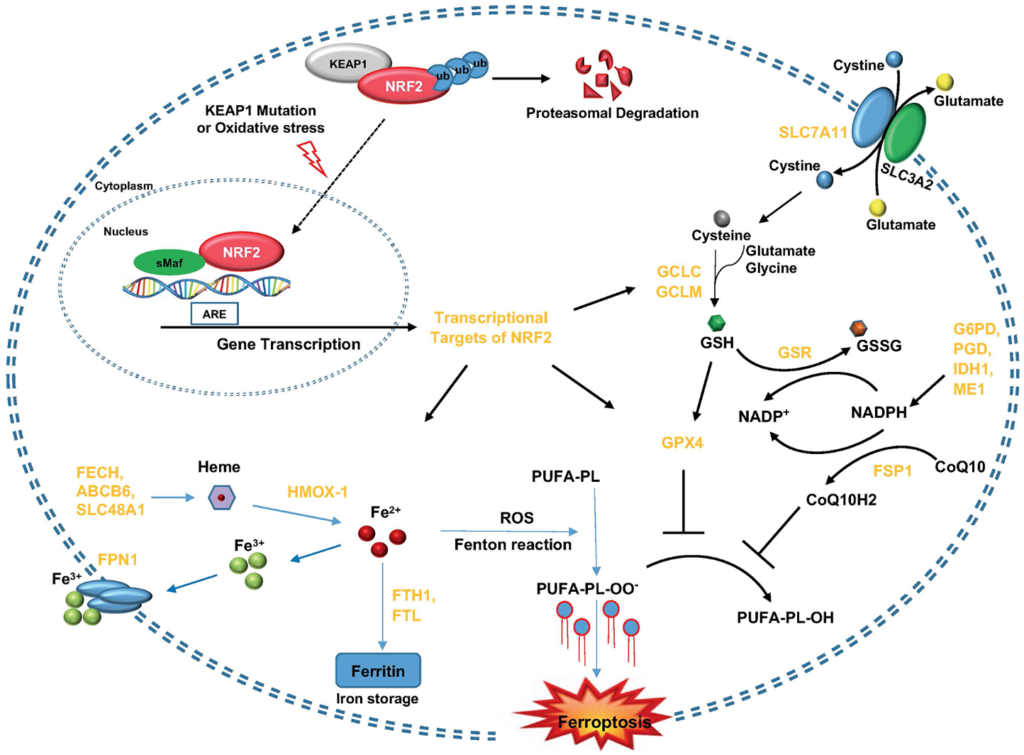“There are more than 13,000 new cases of malignant brain tumors diagnosed each year in the US alone.“
Researchers at Brown University have developed a combination treatment that significantly increases survival in mice with glioblastoma (GBM), a highly aggressive and treatment-resistant brain cancer. The approach uses a new class of drugs called imipridones along with radiation therapy and standard chemotherapy. This triple therapy, known as IRT, was recently detailed in a study published in Oncotarget.
Understanding Glioblastoma and the Need for Better Therapies
Glioblastoma is the most common and aggressive malignant brain tumor in adults. It grows quickly and is difficult to treat, often leading to poor outcomes. Most patients survive less than 15 months after diagnosis, even when treated with surgery, radiation, and the chemotherapy drug temozolomide (TMZ). This treatment may slow the disease, but it does not typically stop it.
Glioblastoma cells can spread into surrounding brain tissue, making them difficult to eliminate. In addition, the blood-brain barrier prevents many drugs from reaching the tumor. Even when treatment reaches the tumor, it may be less effective due to the presence of MGMT, a protein that repairs DNA damage caused by TMZ, limiting the drug’s effectiveness.
To address these challenges, researchers are studying new treatment strategies that can reach tumors more effectively, reduce drug resistance, and target cancer cells without affecting healthy tissue.
The Study: Combining ONC201 and ONC206 with Standard Therapies
The study, titled “Imipridones ONC201/ONC206 + RT/TMZ triple (IRT) therapy reduces intracranial tumor burden, prolongs survival in orthotopic IDH-WT GBM mouse model, and suppresses MGMT,” was led by first author Lanlan Zhou, and corresponding author and Oncotarget Editor-in-Chief Wafik S. El-Deiry. In this work, researchers examined the effects of ONC201 and its analog ONC206, both members of a drug class known as imipridones. These compounds were combined with standard treatments for glioblastoma, including radiation therapy and the chemotherapy TMZ. While ONC201 and ONC206 are currently under research as individual agents in clinical trials, this study was the first to explore their combined use with existing therapies. The IRT combination was tested on tumor cells grown in the lab and in mice implanted with human glioblastoma tumors.
The Results: Longer Survival, Lower Resistance
The IRT combination slowed tumor growth, reduced the number of cancer cells, and extended survival in mice. Those treated with the triple therapy survived a median of 123 days, with some living over 200 days. In comparison, mice that received only one or two treatments lived between 44 and 103 days. ONC201 and ONC206 also changed the tumor environment, decreasing molecules that support tumor growth and immune evasion, while increasing those involved in immune response. Additionally, the drugs reduced MGMT levels, which can make tumors more sensitive to TMZ.
The Breakthrough: A New Way to Target Brain Tumor
It was shown that ONC201 and ONC206 can cross the blood-brain barrier and activate a stress response inside cancer cells that can lead to cell death. They also interfere with mitochondrial function, which helps produce energy in cells. This disruption increases the tumor’s sensitivity to radiation and chemotherapy. Their combined effects on tumor cell death and immune response may provide advantages over existing treatments.
The Impact: New Therapeutic Options for Brain Cancers
This study introduces a therapy combination that targets GBM through multiple mechanisms. In addition to targeting the tumor directly, the approach may help reduce resistance to existing drugs such as TMZ. The findings may also be relevant for other brain tumors, including those with specific mutations like H3K27M.
Future Perspectives and Conclusion
Although the study was conducted in preclinical models, the results support further investigation through clinical trials. ONC201 and ONC206 are already being tested in humans, and this research adds to the evidence for evaluating them in combination with current therapies. These findings may contribute to developing additional treatment strategies for GBM and other difficult-to-treat brain cancers.
Click here to read the full research paper in Oncotarget.
_______
Oncotarget is an open-access, peer-reviewed journal that has published primarily oncology-focused research papers since 2010. These papers are available to readers (at no cost and free of subscription barriers) in a continuous publishing format at Oncotarget.com.
Oncotarget is indexed and archived by PubMed/Medline, PubMed Central, Scopus, EMBASE, META (Chan Zuckerberg Initiative) (2018-2022), and Dimensions (Digital Science).
Click here to subscribe to Oncotarget publication updates.
For media inquiries, please contact media@impactjournals.com.

